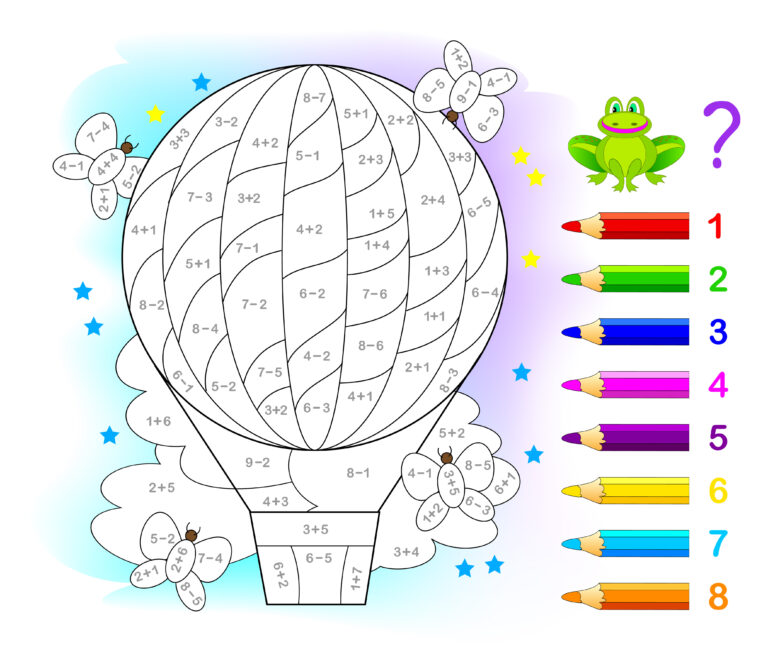The human brain uses a surprisingly large amount of energy daily, despite its relatively small size. Although it makes up only about **2% of the body’s weight**, the brain consumes roughly **20% of the body’s total energy expenditure** each day[2][6]. This high energy demand reflects the brain’s complex functions, including maintaining basic cellular processes, supporting neuronal activity, and enabling cognition, sensation, and motor control.
### How Much Energy Does the Brain Use?
On average, the adult human brain consumes about **20 watts of power**, which translates to approximately **300-400 kilocalories (kcal) per day**. This energy is primarily derived from glucose metabolism, as glucose is the brain’s main fuel source under normal conditions[1][4]. The brain’s energy consumption is continuous, even during sleep, because neurons require a constant supply of energy to maintain ion gradients, neurotransmitter cycling, and other cellular functions essential for brain activity.
### Breakdown of Brain Energy Use
– **Resting or Baseline Energy Use:** Most of the brain’s energy (about 70-80%) is used to maintain the resting membrane potential of neurons and support synaptic transmission, which is the communication between neurons[4]. This baseline activity is crucial for the brain’s readiness to process information at any moment.
– **Task-Related Energy Use:** When engaged in cognitive tasks, certain brain regions increase their energy consumption. However, this increase is relatively small compared to the baseline energy use. Studies using functional MRI and other neuroimaging techniques show that task-evoked energy changes are superimposed on a high baseline metabolic rate[4].
### Why Does the Brain Use So Much Energy?
The brain’s high energy consumption is linked to its dense network of neurons and synapses, which require energy to maintain electrical activity and neurotransmitter cycling. Neurons communicate via electrical impulses and chemical signals, processes that depend heavily on ATP (adenosine triphosphate), the cellular energy currency. Maintaining ion gradients across neuronal membranes, recycling neurotransmitters, and supporting glial cells all contribute to this energy demand[1][4].
### Energy Sources and Metabolism
Glucose is the primary energy substrate for the brain under normal physiological conditions. The brain metabolizes glucose through oxidative phosphorylation in mitochondria, producing ATP efficiently. In certain conditions, such as prolonged fasting or ketogenic diets, the brain can also utilize ketone bodies as an alternative fuel[1].
Oxygen is equally critical because glucose metabolism in the brain is aerobic. The brain receives about 15-20% of the cardiac output to ensure a steady supply of oxygen and glucose[1].
### Factors Influencing Brain Energy Use
– **Age:** Brain energy consumption changes with age. Studies indicate that brain volume and metabolic rate may decline in older adults, influenced by factors such as nutrition, cardiovascular health, and metabolic diseases[1].
– **Health and Nutrition:** Adequate nutrition is essential for maintaining brain energy metabolism. Malnutrition or metabolic disorders can impair glucose supply or utilization, negatively affecting brain function and structure[1][2].
– **Sleep:** Sleep plays a vital role in brain energy regulation. During deep sleep, the brain clears metabolic waste products, which is crucial for maintaining efficient energy metabolism and overall brain health[5].
– **Cognitive Activity:** While cognitive tasks increase localized brain activity and energy use, the overall increase in energy consumption during mental tasks is modest compared to the brain’s baseline energy needs[4].
### Brain Energy and Body Energy Balance
The brain’s energy use is part of the body’s total energy budget. Evolutionarily, humans have balanced brain size and energy availability, as the brain is an energetically expensive organ. Studies of indigenous populations suggest that brain volume and health are linked to net energy availability from diet and metabolism[1].
### Recent Research Insights
New research continues to explore how brain circuits regulate energy metabolism and feeding behavior. For example, specific brain regions integrate signals about hunger, nutrient status, and food pleasure to control energy intake, linking brain function directly to whole-body energy balance[3][7].
—
**Sources:**
[1] Pontzer et al., “Brain volume, energy balance, and cardiovascular health in indigenous populations,” *PNAS*, 2022.
[2] MD Logic Health, “Brain Food is Real: The Surprising Science of How Nutrition Fuels Your Mind,” 2025.
[3] Nature, “Brain dial turns food consumption on or off in mice,” 2025.
[4] Raichle et al., “Evidence for the importance of measuring total brain activity,” *PNAS*, 2011.
[5] TIME, “The Connection Between Daily Behaviors and Brain Health,” 2025.
[6] Vegavero, “Know-How – The Nutrients Our Brain Needs,” 2025.
[7] University of Iowa, “Discove





